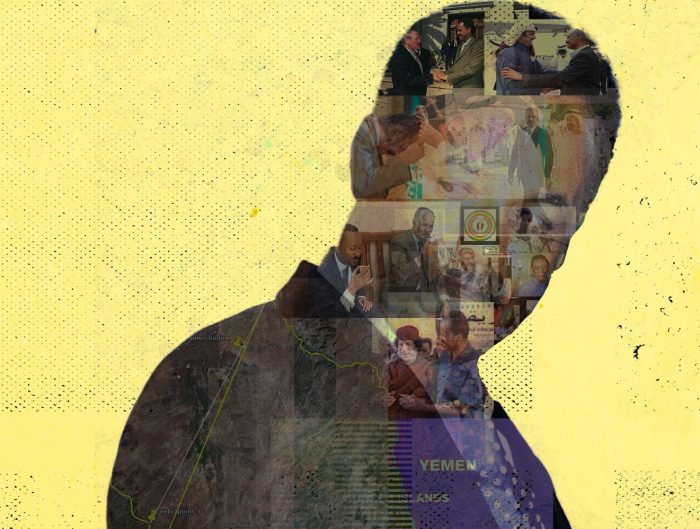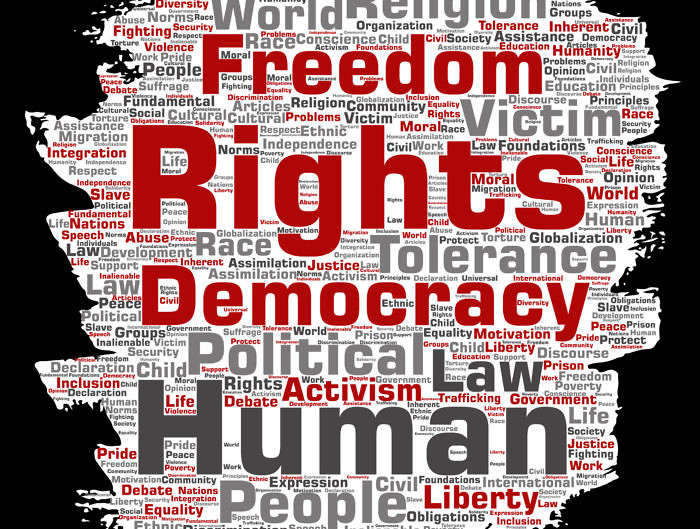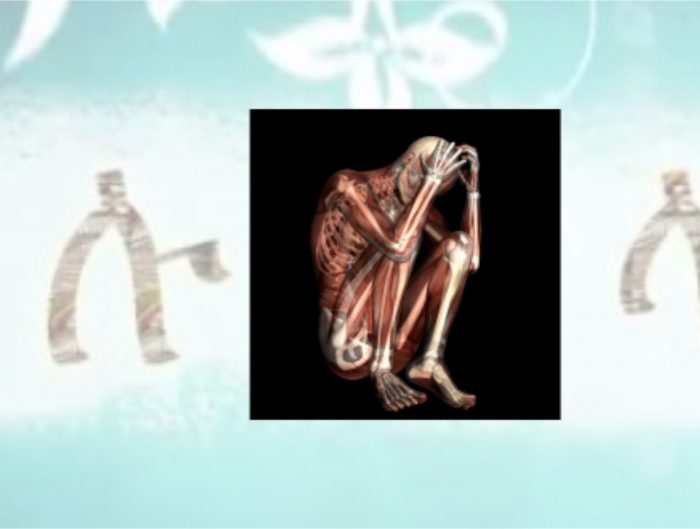So, what’s happening in Ethiopia? In his report to the parliament, PM Abiy said that the 250 soldiers that came to meet him… well, it turns out that all the push-ups and smiles he had were disguising deep sorrow he was feeling as he had come to learn that some of them, without their knowledge, had been sent to kill him. This would be the first African coup that doesn’t involve tanks and a move to take over the state television.
Sharkando has a better plot line than this.
— Zena (@ZenaManbebiya) October 19, 2018
The celebrated Querro youth have taken the law into their own hands and told the Harer people that we will shut down your water supply coming from Oromia and if you want it restored, pay 100 million birr. (Maybe they had a pinkie on the corner of their mouth when they said, “100 million birr.”) Also, they said, while you are it, go back where you came from: to Turkey! Abiy had to dispatch soldiers….
Meanwhile, the newly empowered ethnic agitators continue to create multiple Badmes in Ethiopia (Badme = land not worth the gallons of blood spilled for it.) The Amhara instigate the Raya in Tigray; and the Tigrayans instigate the Qimant in Amhara. Tit, tat, counter tit, counter tat. And, by the time you read this, some other terrible thing may have happened that makes these two stories appear trivial.
And Isaias Afwerki continues to make unannounced visits to Ethiopia. At some point, Ethiopians will wise up and learn that there is no country which is better off after the kiss of Isaias, whether that is Somalia or Sudan or Ethiopia. They can learn it now, or learn it later. But “the soldiers were coming to kill me” claim of Abiy Ahmed has all the whispers of Isaias Afwerki. Watch out, Big Neighbor.
So, you say, I know all this: TELL ME SOMETHING I DON’T KNOW. There are two people who appear to be very much aware and can give us some insights. One is Rene Lefort. The other is Tewodros Tsegaye the editor/publisher/voice of Reyot Magazine.
Rene Lefort says:
Abiy Ahmed has “made three mammoth strategic errors,” argues Rene Lefort in “Ethiopia: Climbing Mount Uncertainty.” They are (1) over-reliance on the power of his charisma; i.e. substituting the “Big Man” politics of Africa for institutions; (2) making decisions of huge consequences without carefully weighing the consequences; i.e., the journey is the destination type of thinking and (3) allying with anyone and anything as long as the anyone and anything is anti-TPLF.
As he did before the collapse of the TPLF as the core of the EPRDF, Rene Lefort now envisions four possible outcomes, which are worth quoting:
1. The risk of a progressive shift toward personal power, and thus a return to authoritarianism, but softer and less archaic than before, is frequently mentioned. This risk seems slim, at least in the short term. Supposing that this were his aim, it is nevertheless hard to seen how Abiy Ahmed could build a power base of personalities loyal to him first and foremost and numerous enough to fill all key positions required for authoritarian rule.
He must rely on the EPRDF. Reciprocally, his trans-ethnic popularity means that the Front is largely relying on him for the forthcoming elections. In this balanced deal, the space for personal ascent seems narrow.
2. The rapprochement between ODP and the TPLF, reinforced by the support of some Southerners, particularly the Sidama, and by the peripheral affiliated structures, would produce a leadership capable of getting the party-state machinery running again. Opinions are divided as to whether or not this option is possible.
One objection is that the EPRDF is simply beyond repair.
The Oromo nationalist forces are now convinced that Ethiopia’s destiny is in their hands. But are they capable of shouldering the necessary historical responsibility? In other words, can they overcome their historical, cultural, religious and material divisions? The different movements, or more precisely their different leaders – Merera Gudina and Bekele Gerba, Leenco Lata, Dawud Ibsa – have their respective sub-regional strongholds, not to mention Jawar Mohammed, who reaches a much more dispersed public.
The open conflict between ODP and the OLF over the latter’s disarmament, the “alleged operatives of the OLF” behind the grenade attack at the Abiy Ahmed meeting on June 23, are some cases in point. Dawud Ibsa went so far as to openly challenge the government: “no one will disarm, and no one is able to make [us] disarm.” To further complicate things, reliable sources in Mekelle report that discussions are under way between the “Tigrayan elite”, without further detail, and OLF. Despite being the pillar of the EPRDF, therefore, OPDO is unable to capitalize on all these Oromo forces.
Last but not least: how would ADP and NaMA react if they felt that the consolidation of the links between ODP and TPLF would result in the Amhara region being squeezed between Tigray and Oromia?
3. The nightmare scenario of an intensification and exacerbation of the “ethnic clashes” obsesses everybody. However, up to now at least, they have remained localized. Could they coalesce? The memory of the civil war of the 70s and 80s haunts the middle-aged generation. Young Oromo were accused of a pogrom against Southerners in Burayu, in the outskirts of Addis Ababa. Young Southerners in Arba Minch wanted to take revenge on the local Oromo. It was the middle-aged who managed to stop them. This kind of intervention is not unusual. It could be the ultimate lifeline for avoidance of a Yugoslavian scenario. It could be the ultimate lifeline for avoidance of a Yugoslavian scenario.
4. The fourth scenario would be a continuation of the present situation, come what may, until the next elections: limited unrest, a wavering leadership, an economy still making headway despite the uncertainties. Following elections, Ethiopia would face the challenge hitherto deferred: to build a coalition of ethnic parties strong enough to govern in a probably highly fragmented political landscape.
Tewodros Tsegaye Says:
Well, he says a lot. And he says it very well. And what he is saying is (a) a tyrant doesn’t emerge overnight; he becomes one over a long period and (b) Ethiopians, particularly Addis Abebans are asleep: they need to wake up and organize.
(We apologize that the show is introduced with a long and intolerable song by Tilahun Gesese)
The take-away of both thought leaders is that Ethiopia is in unchartered territory; that PM Abiy has to rely less on his charisma and smooth talk and more on institutions.
As happened in many countries which appeared to be coming at the seams, there is hunger for a “strong man” to rule with an iron hand “at least temporarily.” The single lesson we can give our Ethiopian neighbors: that is a slippery slope and, before you know it, the “temporary” is the new normal. Hold your leader accountable. That means, sometimes, you have to say, “Sharknado has better plot line than this.”
The problem with Ethiopia is that of demographics. No, not ethnic but age: it is made up of too many young people with too little to do. So far, the elderly (shmagle) have been able to stop tragedies before they tilt to catastrophes. In all the “let’s organize” call of Tewodros Tsegaye, one hopes he makes special appeal to the middle aged and the elderly. They will have to continuously teach the young (whose head appears to be full of ideas of what it means to be Ethiopian) what it means to be human. And that, by the way, is something Isaias Afwerki has no clue about.





Leave A Reply